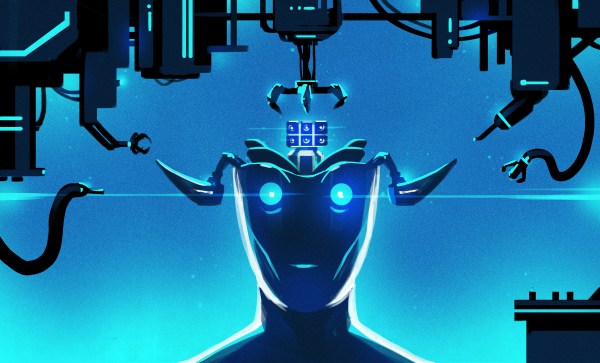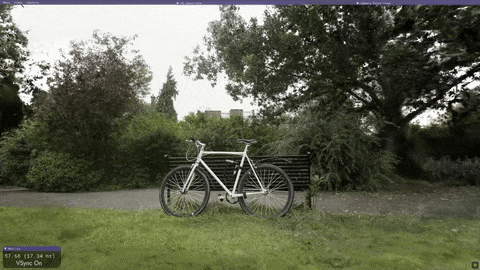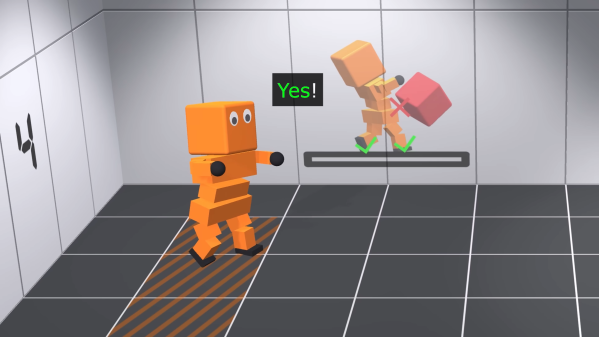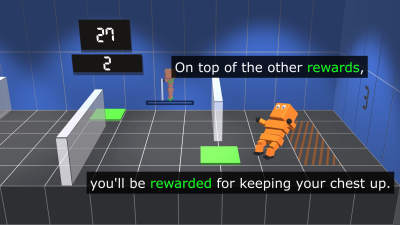If you have a curiosity about how fancy graphics cards actually work, and why they are so well-suited to AI-type applications, then take a few minutes to read [Tim Dettmers] explain why this is so. It’s not a terribly long read, but while it does get technical there are also car analogies, so there’s something for everyone!
He starts off by saying that most people know that GPUs are scarily efficient at matrix multiplication and convolution, but what really makes them most useful is their ability to work with large amounts of memory very efficiently.
Essentially, a CPU is a latency-optimized device while GPUs are bandwidth-optimized devices. If a CPU is a race car, a GPU is a cargo truck. The main job in deep learning is to fetch and move cargo (memory, actually) around. Both devices can do this job, but in different ways. A race car moves quickly, but can’t carry much. A truck is slower, but far better at moving a lot at once. Continue reading “Here’s Why GPUs Are Deep Learning’s Best Friend”


















